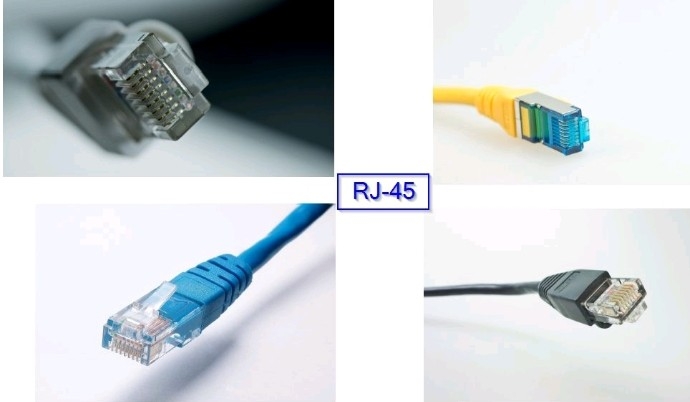Data Center Cooling Market - Liquid Cooling versus Air-Cooling to Top $16B in 2028, Research Indicates

## Introduction The landscape of data center cooling is experiencing a significant transformation, driven by the relentless pace of digitalization, the increasing demand for higher power capacities, and a growing emphasis on sustainable operational practices. According to recent studies, the market for data center cooling solutions is on track to reach a valuation of $16.8 billion by 2028. Notably, liquid cooling technologies are poised to take the lead, heralding a new era in how data centers manage heat dissipation efficiently. ## Market Drivers ### Digitalization and Data Consumption The digital era has ushered in an unprecedented increase in data consumption, necessitating data centers that can handle extensive computational workloads without overheating. As businesses transition to cloud-based solutions and big data analytics, the strain on data centers has intensified, making efficient cooling systems more crucial than ever. ### Demand for High Power Capacity With advanceme...






